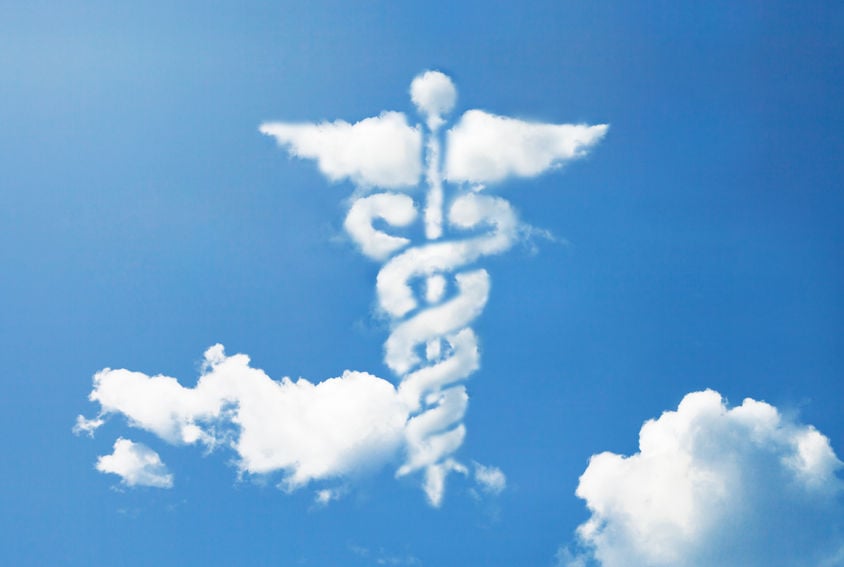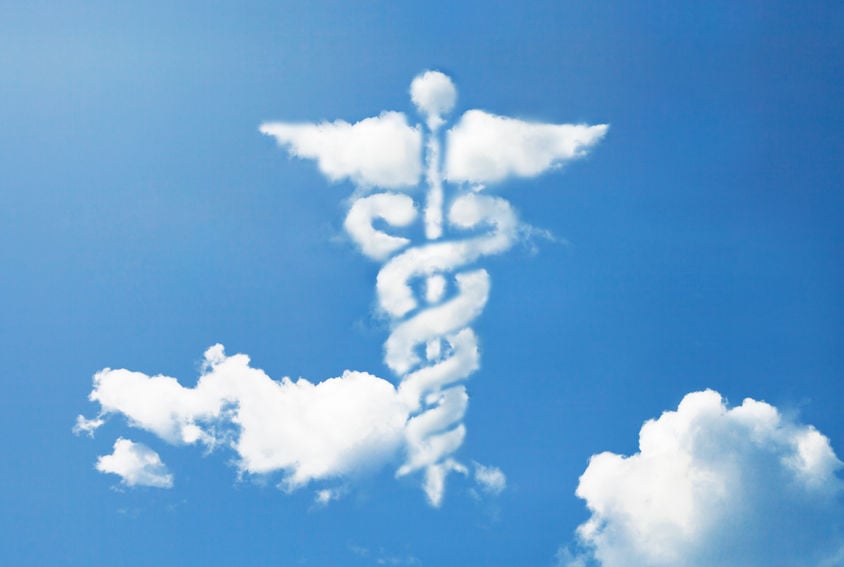Hybrid PACS: Cloud and Onsite PACS for Mammography Storage and Access


Traditionally, mammography imaging studies are stored on a local onsite picture archiving and communications system (PACS). There are two reasons for this. First, mammography studies are difficult and slow to transmit electronically due to their size. Second, traditionally specialized software and reading stations located near modalities have been required to read mammography images.
The good news is that recent advancements in health care technology - such as better compression methods, more robust web-based viewers and the advent of hybrid onsite/cloud architecture - have enabled imaging facilities to consider using the cloud as both a way to store mammography studies as well as to make them available in certain geographies.
If you are trying to decide how best to handle your mammography images, you may want to consider the cloud as a way to increase your flexibility. Based upon these advances, it makes perfect sense to join together the more traditional on-site mammography reads with permanent cloud archive to get the best of both worlds.
This sort of "hybrid" solution has three critical benefits.
Why Consider a Hybrid PACS for Mammography?
Archiving
Physicians and health care organizations all archive medical records to enable access for their patients when necessary. There are a combination of overlapping state and federal regulations, including the Mammography Quality Standards Act (MQSA), that legally mandate the length of time a medical record must be stored. Depending upon the age of the patient and the specific jurisdiction, these periods can range from five to twenty-five or more years.
However, most practices store their medical images indefinitely as a service to patients, who might need access to a study a decade or more later.
Free, On-Demand Webinar: 2-D vs 3-D Mammography and the Case for Tomosynthesis
If this is the case for you, you may end up shouldering the immense burden of preserving mountains of mammography data that is growing at an exponential rate as time goes by. Unfortunately, upgrading your onsite PACS solution to add storage and refresh the technology is an on-going, labor-intensive and expensive proposition - especially since the average life of the typical media used for storage - a hard drive - is only four years.
Still, you need a way to ensure that you have quick and reliable access to imaging studies in spite of the inevitable hard drive failures, size of your archive, or location where it is stored. A hybrid PACS solution - where you supplement your onsite PACS with the cloud - could be the right choice.
Mobility
Absent a problem earlier in life, women typically begin having regular mammograms between the ages of 40 and 50, and then annually or biennially after that. During this time, their doctors will almost always want to see comparisons to previous studies. However, it is not uncommon for these patients to visit a different practice or specialist over the course of their lifetime. For instance, a woman might move out-of-state and fall under the care of a different physician or facility.
In these cases, it is quite a challenge for a patient to provide prior imaging studies to their new facility. Without a built-in image sharing solution, patients have to be astute enough to request their doctors burn copies of their studies to physical CDs or DVDs.
For the physicians, this is a time-consuming, antiquated process. For the patient, getting the doctor to make a copy after they have moved away from the original facility can be trying. But assuming they can get access to these CDs or DVDs, many become damaged, lost or compromised before they are presented to the new practice.
With the cloud, the need for a physical copy of records can be eliminated, making sharing and access much easier for both the patient and the health care facility. The cloud adds a whole new flexible and inexpensive level of access whenever and wherever a prior study is required.
Disaster Prevention
Creating physical backups of your PACS typically involves meticulous copying of the imaging studies to backup media or to a separate server that is maintained at an off-site location.
In the event of a disaster or data failure, data from a backup would need to be returned to the original facility and would undergo what is typically a lengthy restoration process. Unfortunately, we have seen women imaging practices that actually had to go out of business after a catastrophe, due to faulty backups that were unfortunately only identified after the fact.
Archived studies in the cloud, however, can be accessed immediately in the event of a local disaster or disk failure - without the delay of having to port and restore data. In addition, cloud storage also eliminates some of the concerns regarding integrity of the backup. In the cloud your data is almost always maintained in a virtual PACS, ensuring the integrity of your archive.
Adding Flexibility to Your Onsite PACS
Moving away from depending entirely upon your onsite PACS for mammography is likely something you should consider. The technology, cost and flexibility of the cloud for use with women's imaging has reached a place where it can help almost any practice that generates mammograms. The reliability and accessibility of the cloud, coupled with increased bandwidth speeds can often add another layer of opportunity for your practice.
A hybrid PACS solution that harnesses the power of the cloud can not only become your permanent image archive but can also allow you to enjoy the benefits of access, mobility and increased peace of mind.


